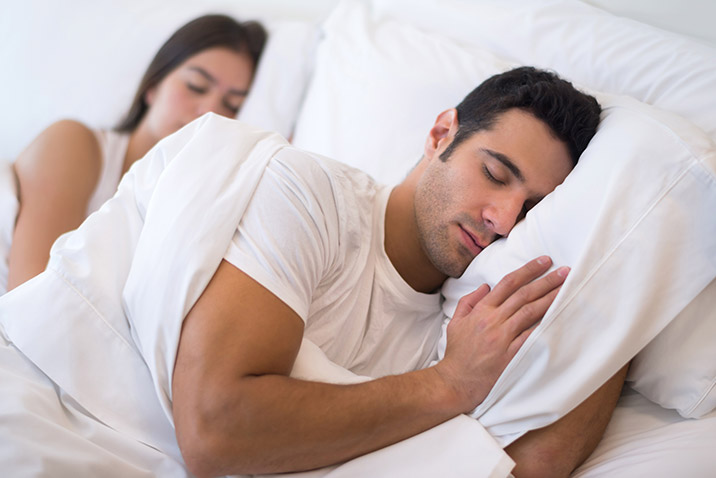



Though the recovery process after a properly performed hair transplant procedure is relatively straightforward, it's still understandable if you have questions.
Sleep is one topic that many people seeking San Jose hair restoration have questions about.
This post goes over what you should know regarding recovery in general and sleep in particular.
If you want a full picture of how your sleep might be affected in the wake of a San Jose bald treatment procedure, it's helpful to understand the basic aftereffects.
There may be some soreness, but that typically dissipates quickly and can be mitigated with medication.
The most relevant aftereffect in regards to sleeping, however, is swelling.
Some people experience only minor swelling. For others, the swelling may be much more noticeable.
However, it usually will not last for more than a few days. In most cases, swelling will start to subside after it hits a high point two or three days following the procedure.
To make the recovery process more successful and the swelling more manageable, there are certain tactics you can use.
The overall goal is to avoid irritating the swollen part of your head and disturbing the transplanted hair follicles.
One such tactic is to sleep in a recliner rather than your bed, where bedding materials might otherwise come into contact with the swollen area.
An additional benefit is that a recliner will keep your head elevated, which is key for reducing swelling.
Barring access to a recliner, you might consider sleeping on a couch instead. If you put a pillow on the couch's armrest, you can mimic the helpful way that a recliner elevates your head and prevents it from coming into contact with other surfaces.
Additional anti-swelling measures include the careful use of ice and staying hydrated.
Talk to your surgeon to develop a specific approach that will work for you.
After the swelling subsides and as your healing progresses, you'll eventually be able to go back to sleeping in your bed.
After all, one of the main benefits of a hair transplant is that at a certain point, it will begin acting like real hair because that's what it is.
Again, your surgeon will be able to provide advice on when to return to your normal sleeping arrangement.
Contact a FUE Doctor in San Jose Whether you have more questions about sleeping after surgery or another angle of hair restoration.
You can contact the MHTA Clinic to speak to Dr. John Diep, who is our FUE expert doctor in San Jose. Dr. Diep is experienced and ready to answer your questions.
To set up a consultation, use our contact form.
Call us at one of these numbers: San Francisco office: (415) 230-2367 Los Gatos office: (408) 356-8600.
We look forward to helping you rest easy.